
Game Developer Deep Dives are an ongoing series with the goal of shedding light on specific design, art, or technical features within a video game in order to show how seemingly simple, fundamental design decisions aren’t really that simple at all.
Earlier installments cover topics such as the technical design of impossible spaces in the M.C. Escher-inspired game Mind Palace, the transition from digital illustration to indie development with comic book writer and artist Meredith Gran of Perfect Tides, and designing and implementing controls for the mobile port of PC and console title Descenders. In this edition, Shadi Taha, creator of Doomsday Paradise, discusses the difficulties of multiplayer narrative and how to make group decisions retain meaning for the individual payer.
I’m Shadi, the sole developer at Lemonade Flashbang working on Doomsday Paradise (which is coming soon to Kickstarter!). The game is inspired by Dungeons and Dragons and blends many genres, such as dating sims, RPGs, and deck-building card games, into one goofy package. Mixing all those genres comes with some unique challenges. But the most interesting problem I had to solve was how to make narrative replayable in a multiplayer environment.
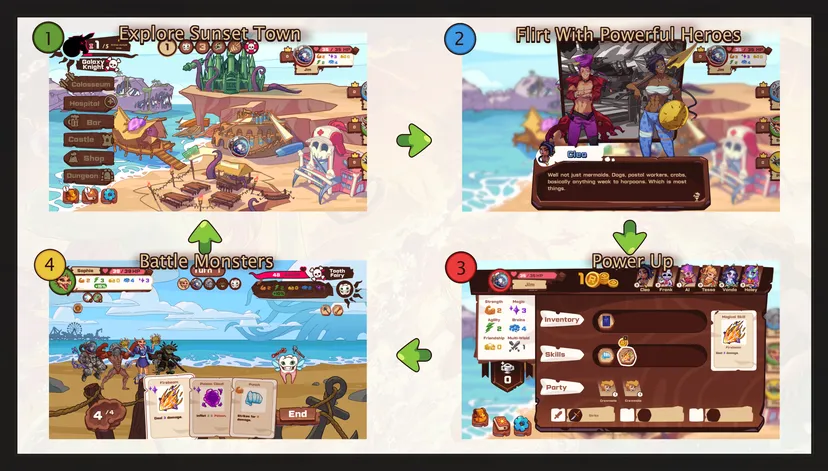
The game is a… what now?
The base game loop is very similar to a traditional dating sim. It has a main map where players can select an area to explore and increase their character’s stats. Selecting one of these locations also triggers a short story sequence, where they can meet and interact with some of the many in-game NPCs. After that, they make some kind of choice to change the story–and repeat!
Doomsday Paradise somewhat deviates from this formula in that:
- It’s multiplayer!
- Every choice you make modifies your character build in addition to the game’s narrative.
- Those power-ups are actually core to the game’s combat system, so the player is trying to navigate a narrative while also putting together a powerful hero.
Basically, it’s a visual novel where story choices help you construct your character and deck to battle monsters, earning you points to emerge victorious against other players while working towards your own unique narrative ending. As the apocalypse approaches, you’ll have to use the stats you’ve gained, skills you’ve learned, and friendships you’ve made along the way to repel invading enemies and keep the town safe.
Okay… but Why?
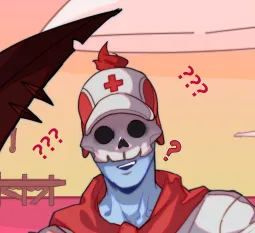
The Yawhg and the other games that followed its footsteps were strongly committed to [1] [2] variety and branching multiplayer narrative. But even the biggest titles in this genre, which might have hundreds or thousands of different scenarios, felt stale to me after two or three games. It’s not that the games were low on content– but that I didn’t feel like I was making interesting choices game-to-game. After I figured out how to get the ending I wanted, I ran out of decisions to make beyond “which ending do I try to get this time?” And the second I reached that point, I didn’t want to play anymore.
Doomsday Paradise has a few higher-level design goals. A few of them would be:
- Make a narrative game where the decisions remain interesting after multiple playthroughs.
- Make a narrative game that’s more fun to be played multiplayer than single-player.
- Make a dating sim where the game’s objective isn’t to score a date.
- Make a game that supports lots of different player groups– from those who care only about the story to those who care only about competition.
I wanted to take a genre I’d liked and elevate it to something I’d love by tackling the replayability issue.
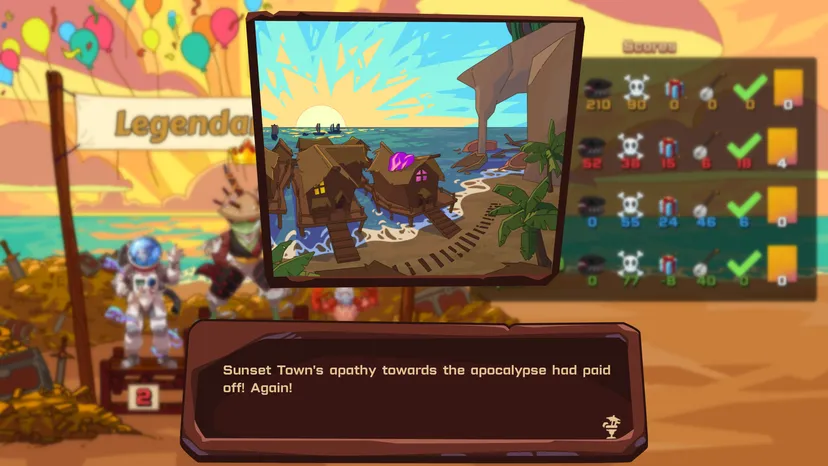
Replayability and Yawhg-likes
Let’s look at the Yawhg-like genre and try to understand what makes the games feel similar even when there’s content left to explore.
If you’re unfamiliar, it’s essentially a genre full of multiplayer visual novels. The play loop is: Go to a location on the map > Make Choice > Receive stats > Repeat > Gain ending based on stats and choices. You and your friends will take turns, each receiving their own unique ending.
And these games have two primary decision points:
- What in-story decision you make.
But something happens when we think about what progressing means in these games. If your goal is to achieve some desired ending– stopping the Yawhg, dating a monster, etc.– then you have a limited set of options. This is because to achieve that desired ending, you often have stat requirements, which means the very first choice you have–where to go– is false. You’ll go wherever moves your stats in the right direction.
The second decision point, your story decision, tends to be a bit of a false choice. Depending on your stats, you typically have one good and one bad decision. If you know which is which, the decision is made for you.
So after we’ve played a game or two, we hit a point where even starting a game might feel like a slog. If you know what ending you want, then all of your decisions are made for you. You’ll know what stats you need, and if you know what stats you need, you’ll know where to go and what choices are better. So while the first game or two is exciting, after that, the magic just kind of vanishes.
If I wanted to solve that problem, I’d need to understand the root cause better and create a design that would avoid it.

Understanding Games with Play Spaces
Before we can talk about replayability in narrative games, we probably need to figure out what makes a game replayable. And of course, before we can go there, we probably need some working definition of game.
First, a quick disclaimer. I’m going to talk about one gameplay model, but like most models, it isn’t really “true.” It’s just useful. But that’s all it needs to be to help us think about games.
This model is the Play Space model, which I’ll simplify here. I’d recommend this book to get in-depth into the concept if you’re interested in that sort of thing. But for now, let’s get into the simplified version here:
The Play Space: Think of this as the entire game. Your HP, your position, enemy positions, your save file; when I say something like “move through the place space,” I mean, “progress through the game.” The play space has two sub-components:
The Player: That’s you! You, as the player, have agency over the game. You can take actions, and each of them has consequences. The actions you take are how you move through the play space.
Context: This is everything that isn’t you. Enemies, power-ups, the stage you’re on- all of those things are your context.
So, if we look at, say, Super Mario 1-1, we can evaluate the Play Space by marking you in blue and the contextual elements in red.
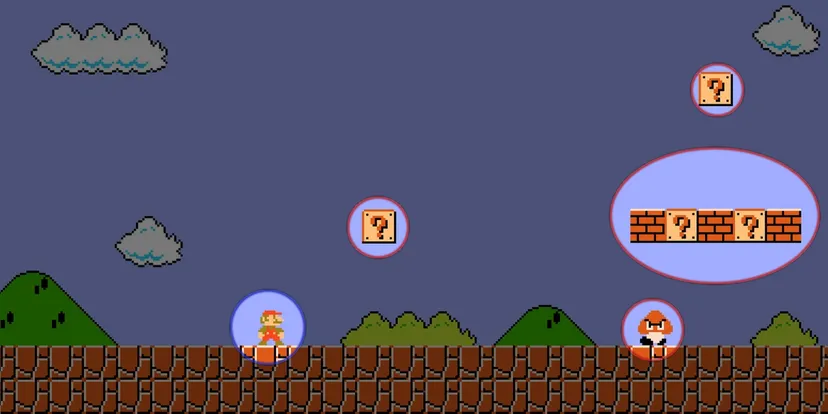
Okay, easy. But we’re missing one thing- we haven’t marked your actions and consequences! So let’s go ahead and do that and then evaluate the Play Space of 1-1.
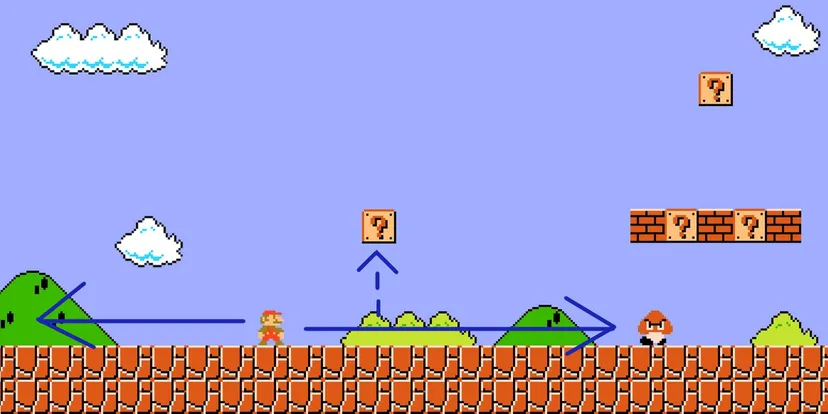
You can:
- Move left. This does nothing.
- Jump under the first block- and acquire a coin. This does not meaningfully progress the game.
- Move right into the Goomba. You hit it and die.
- Jump over (or on top of) the Goomba. You survive and progress!
If you simplify your options based on effect, you get this list of ways to progress through 1-1:
- Jump on top of the Goomba.
Here’s the neat thing–once you’ve arrived at one of the above solutions, you’ve solved the Play Space. Note that I didn’t say you have to arrive at every solution. Any solution will do. So a player who jumped over the Goomba will never feel like they have to go back and jump on top of it–both solutions are just as good from their perspective.
Solved Play Spaces and Replayability
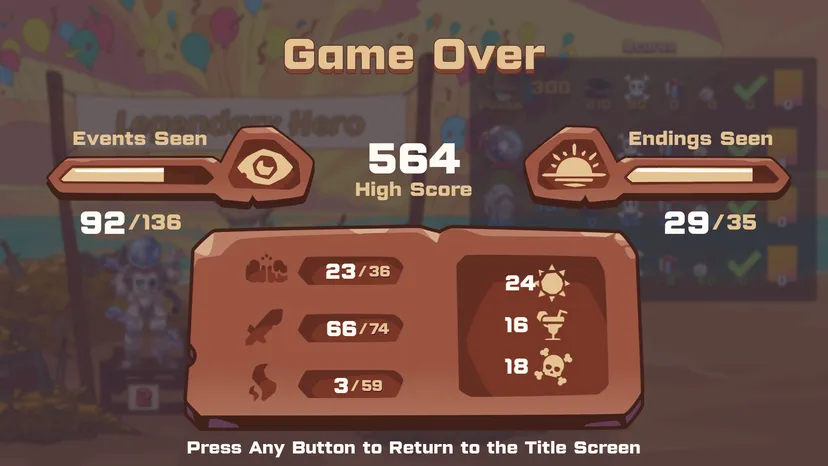
The second a Play Space is solved, it loses a lot of its appeal. Level designers essentially exist to continue creating brand new Play Spaces because repeat Play Spaces are usually just boring. There are certainly players who will come back and play around with things a second or even a third time- but for most players, once they’ve seen it once they’re finished with it forever. The gamplay is like a puzzle or a learning exercise; once solved, the Play Space is as unappealing as a filled-in crossword.
Of course, the second you change the game’s context, the game becomes fresh. World 1-2 is interesting even if you’ve played 1-1 and even though your character has all the same moves. This is true so long as the contexts are materially different, meaning that the differences in context require you to make different choices. In a platformer, that’s running before your jump, jumping precisely between cliffs, timing your jump, or some other modifier.
Every single game has to overcome this issue. Sometimes, you solve it by just adding a ton of content. AAA studios will do this for their single-player games- they’ll cram them full of side quests, open worlds, and hundreds of little collectibles. This is an excellent solution if you can afford it, but it’s the least scalable; players will burn through content faster than you can make it.
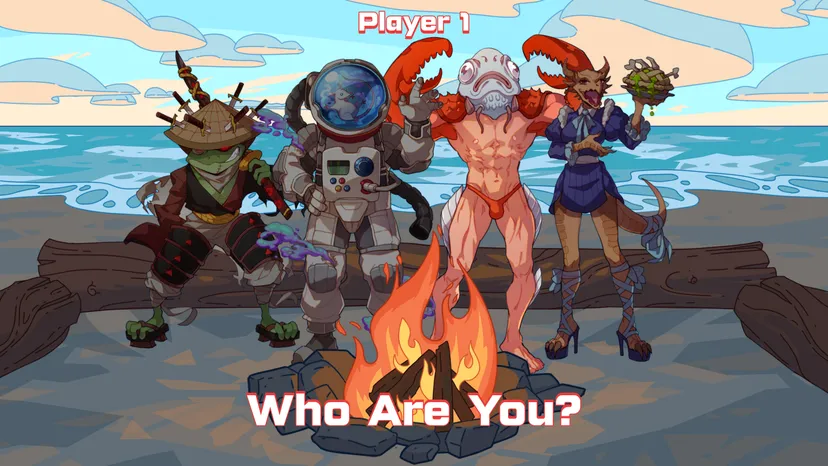
Multiplayer games can leverage another player’s activity to constantly mix up the game context. This is probably the most scalable way to add replay value. If your system has enough depth, your players will simply do the work of creating new Play Spaces for you. This is also why many multiplayer games require live service and balance patches–if the game ends up with a solved meta, this advantage evaporates.
And finally, procedural content delivery is another successful way to add replay value. Mix up the player abilities, enemies, levels, and more into tons of different combinations, and you can force players into different Play Spaces.
Progression in Narrative Systems
So how do we apply the model to narrative games? Most narrative games rely on a choice mechanic, where you select from a couple of options to create a branch in the current storyline. This gives the player agency while still telling your game’s story using any cinematic tool you want.
But creating lots of meaningful choices is, well, a ton of work. It’s the “just add a ton of content” solution to the problem. And it’s not necessarily a great solution. Let’s take a look at a branching storyline and dig into why.
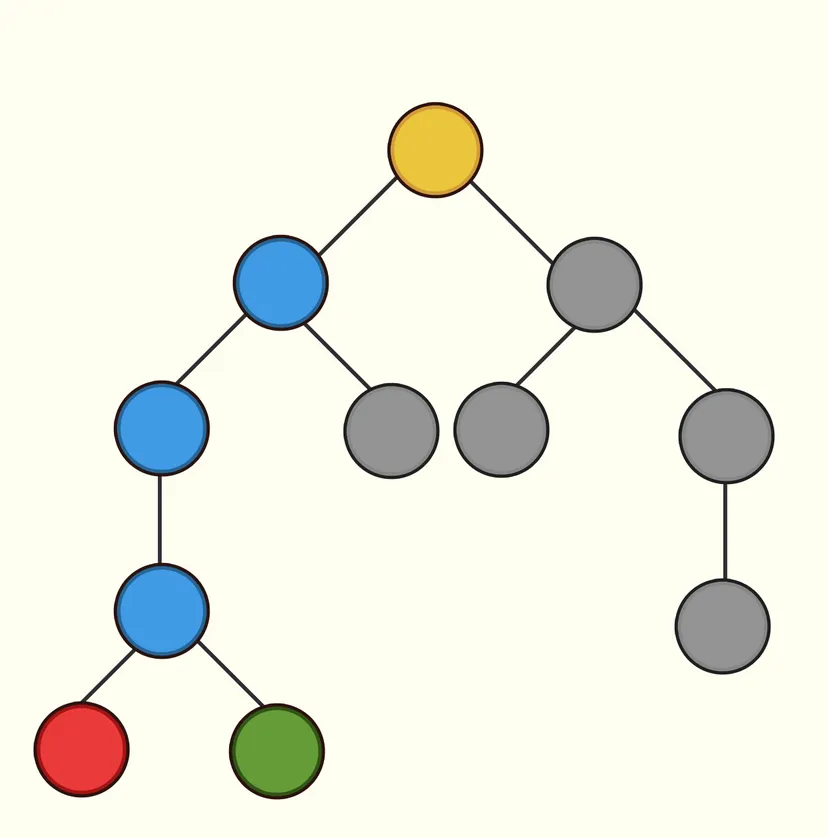
Imagine for a second each circle or node is a story choice, each with a different outcome. Now imagine you end up reaching the RED ending of the game. Sweet! It was a ton of fun! But you want to play again and see one of the other endings, so you boot it up and try to get the GREEN ending.
Except now you have to replay all the same story sequences again. All of those blue nodes from the start of the game to your ending are now, most probably, stale. You just did this. The later the branch in the story, the more former content you have to repeat in order to see something fresh and new.
But take a look at the very first decision point. The game would be super different if you went right instead of left–but you’ve basically built a whole second game to make that work! So now there’s a trade-off where early choices are time and cost prohibitive, and late choices can be a slog to discover.
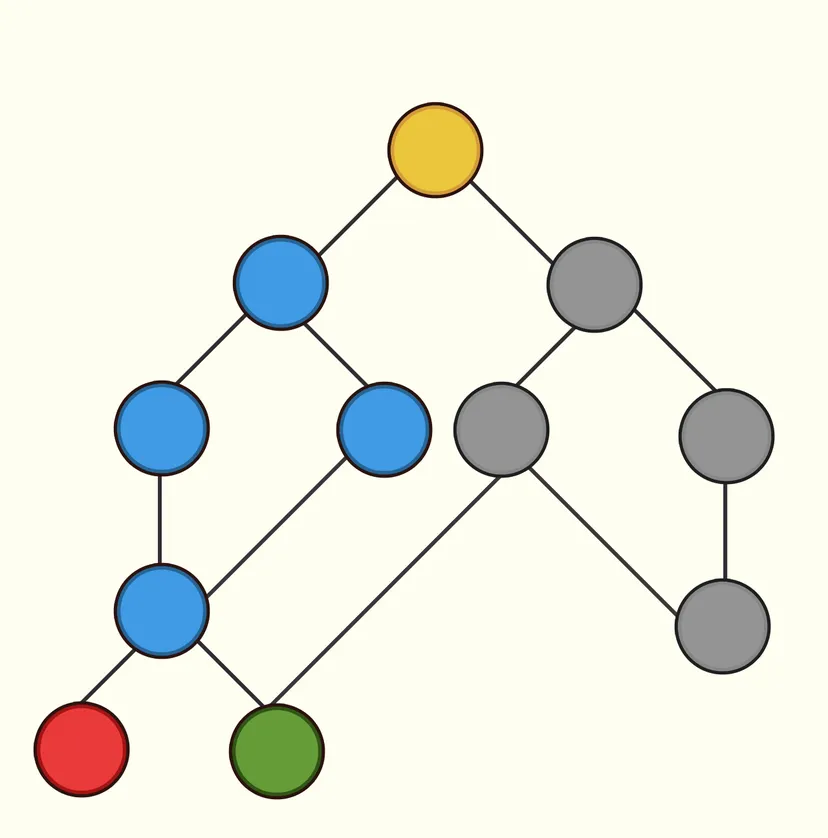
Some games tackle this by creating a “web” composed of several narrative branches that ultimately return to the same places. This method allows players to see new content more frequently and still progress to their desired ending. The cost is that individual decisions become less meaningful since many head for the same end result anyway. As a result, you really have to use this approach with care.
Finally, and here’s the real kicker–this structure doesn’t solve the root of the issue. Your players will probably skip to the story’s key decision points as fast as they can so they can experience the content they haven’t seen before. So you end up in a very similar player pattern as the linear story–players are still focused on navigating through brand new scenarios. This isn’t necessarily a problem, but it’s worth calling out that you’re not actually making older content more replayable, you’re just picking a “wider” narrative tree.
Bringing it Back to the Genre
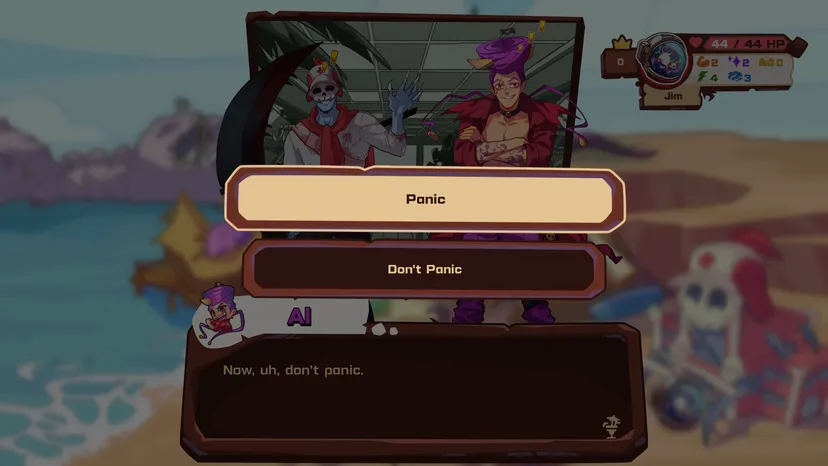
Earlier I discussed how replayability in the Yawhg-like genre is pretty poor- and the Play Space model helps to explain why.
- You’re very likely to start the game in a Play Space you’ve already completed.
- The game context isn’t changing enough between game sessions- so even when there’s more content to explore, it can feel very “same-y.”
This isn’t an issue for the visual novels that inspired these games. They usually have lots of tools to make skipping the stale content as easy as possible, and then you can just explore the new and interesting storylines.
But Yawhg-likes are multiplayer. If the game context felt that similar between runs, it was because the other players weren’t meaningfully changing the game context for me. In other words… they weren’t really all that interactive.
If we could lean on the multiplayer element and increase player interaction, we could keep the game more interesting between play sessions.
So now we have tangible goals:
- Diversify the game context between sessions to create new Play Spaces.
- Increase player interaction and let other players help us create new Play Spaces.
Tying Narrative to Gameplay
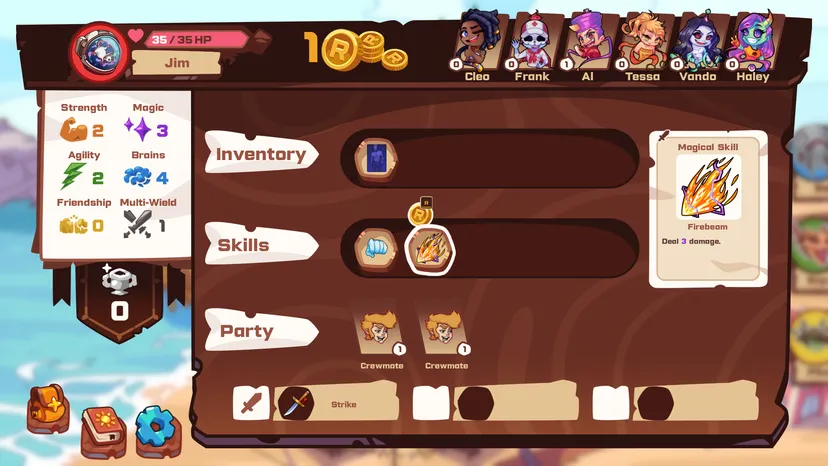
For the remainder of the article, I will focus on the solutions I took in Doomsday Paradise. I don’t mean to imply they’re the only solutions! I’d encourage you to think about how other games might be trying to tackle these problems, which ones aren’t, and how that impacts gameplay.
For Doomsday Paradise, I decided to increase the importance of your stats. Yawgh-likes already feature stats, so building on that system was a natural starting point. And the solution I came up with was to tie those stats to a card-based combat system.
So essentially, when you make a choice, you both branch the story and pick between two different power-ups at the same time. For example, you might decide to stop a bank robbery, which rewards you with a skill card, or to assist, which grants you an item card instead.
Now, suddenly, our decisions are tied to the game context for us. Hitting a repeat event doesn’t feel as bad now because there’s still an interesting decision to make even when you know what the outcomes are.
There’s a pleasant consequence to this–encouraging you to make narrative choices based on your character build is also more likely to guide you into new Play Spaces. It essentially serves a dual purpose by encouraging you to explore the narrative.
And because the game is multiplayer, what you want out of your build also changes from game to game. In cooperative mode, you might prioritize buff spells to help your teammates. In competitive mode, you might want to min-max extra hard in order to win or start placing curses on the map to inconvenience your friends.
So while this alone hasn’t solved our replayability issue, what it has done is given us some tools to tie narrative to the rest of the game context. That’s an important first step.
Keeping Choices Interesting
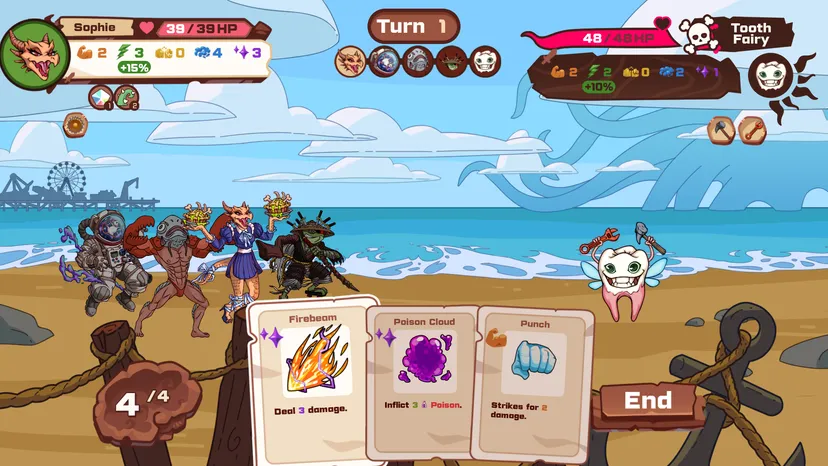
Of course, that’s not enough on its own. Why? Because a single solution solves the Play Space. If I decide that dating Cleo every time is a surefire way to beat the final boss, then the changing context doesn’t actually matter. We’ll just do the same thing every game.
To actually pull this off, we’ll need to do two different things:
- Ensure that responding to the game context results in meaningfully different outcomes.
- Ensure that the game context is different from the very start of the game.
Changing Context

If we don’t ensure that the game context is different from turn one, you’ll start your runs the same, ending up in the same places. And we have to make sure that this difference is notable even for your very second run.
Doomsday Paradise uses a few systems to do this:
- Dating System. Each of the game’s main romance options has different requirements- forcing you to mix things up if you want to date all the hotties.
- This system is targeted toward all players. Even first-time players will ask questions like what would my date want me to do?
- Quests System. Adding Quests creates additional objectives and encourages different lines of play.
- This system is targeted at intermediate players.
- Randomness. By randomizing events, level up rewards, start of turn cards, bosses and enemies, and so on we can further shake things up from game to game.
Changing Impact
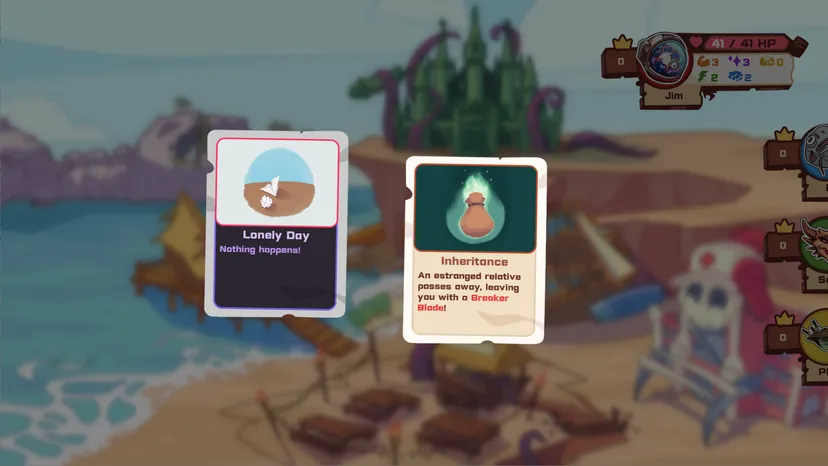
So if we take the systems together, we have lots of changes to game context, which is fantastic. But what about making the decision meaningful?
Not all choices actually matter. If your choices are “gain 100 HP” and “lose the game,” there isn’t really a choice, just the illusion of one. Similarly, choices like “Gain 1 Strength” and “Gain 1 Magic” aren’t really interesting most of the time. It’s often the case that one stat is useful to you and the other isn’t, so the Play Space essentially solves itself.
Therefore, the game uses a Color Pie, meaning that certain locations give you a limited set of rewards. The Colosseum will reward you with weapons and strength. The Castle will reward you with magic and spells. And so on.
This gives us a few benefits:
- It cuts down on false choices.
- Which choice is correct will change based on the game context, meaning the decision might remain interesting between play sessions.
- Players who want to focus primarily on the story can choose to do so- since you’re powering up no matter what.
- Players who are really into competition or character optimization end up with a lot to think about. There’s the impact to your build, potential impacts on the map (summoning monsters or placing items on locations), and impacts to future storylines- which can affect multiple players and their builds too.
There’s a tricky balance to making either outcome generally good for the player, and making them impactful. After all, the decision has to actually matter. Part of this comes down to tuning base difficulty. But here’s also where multiplayer shines.
If you want to beat the other players in competitive mode- you have to out-optimize them. But even if you don’t, you’ll still need to watch for them. Because your choices might place items on the map, or summon enemies, or create nasty curses.
And what if that interactivity went beyond the gameplay? What if it bled into the story?
Multiplayer Stories
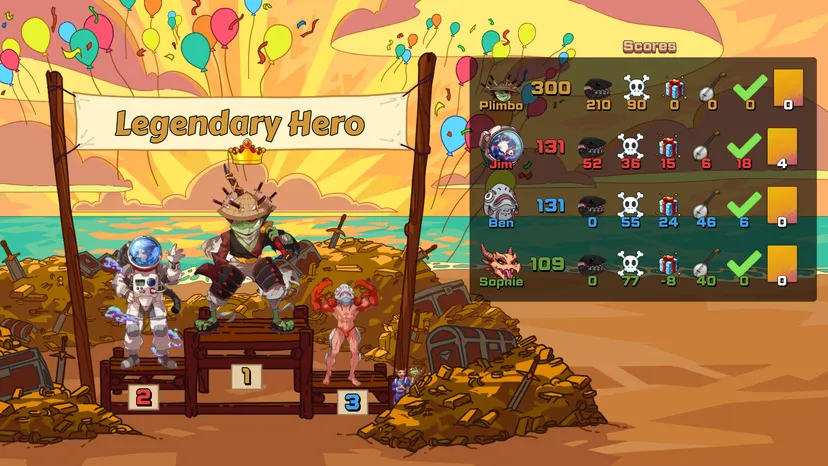
Multiplayer in narrative games has been, historically, pretty lackluster, and it’s usually avoided entirely by large studios. That’s at least partially because the usual design paradigm to narrative is just “add a bunch of choices” which, well, doesn’t scale. Every player increases the number of branch combinations multiplicatively, which makes this extremely cost-prohibitive.
Some games get around this by making the narrative pretty person-specific. It’s a multiplayer game, but you all get your own individual stories! The solution is clean and attractive; it keeps the math easy and the writing straightforward. The problem? Multiplayer games should be about interaction. And everyone doing their own thing isn’t interaction.
The more narrative these games have, the less interactive they become. You’re not really playing one narrative game, but a bunch of smaller sub-games at the same time.
It doesn’t have to be this way. We just need to modify our narrative tree a little.
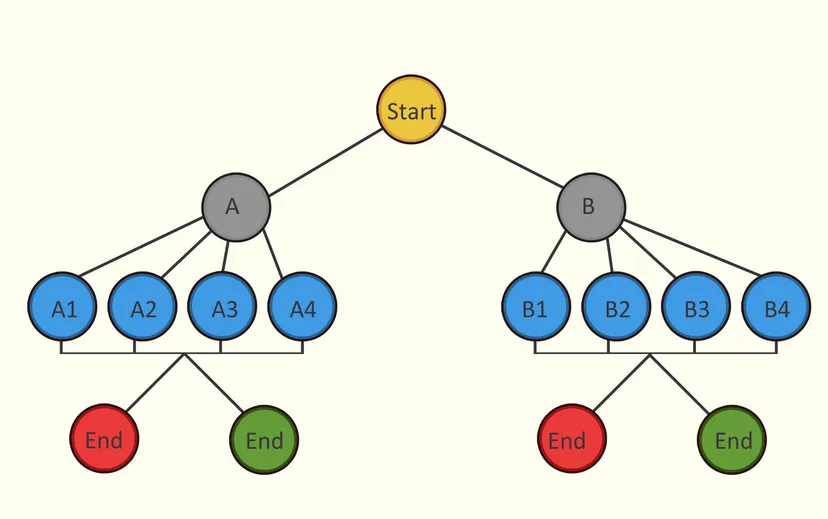
We can group events with similar requirements together into themed groups. For example, let’s say Alice unleashes a swarm of rats on the town. We can have a lot of different follow-ups about the rat swarm that all players will have to deal with. Alice’s decision, while narrative, has affected everyone.
So, we can think of choices as having local or global impact. Choices with global impact affect everybody, and choices with local impact just affect one player. And global events might require multiple players to move. Maybe three out of four players have to vote to serve the Rat King in order to unlock their ending, for example.
So now we have a framework for letting one player affect the entire group and letting the whole group in turn guide the story. The second part of this are events with local impact. We want to make sure that individual choices matter too!
We do this by creating lots of smaller, player-specific branches. So the basic formula becomes:
- A player kicks off a campaign-changing event chain.
- Multiple players become involved in the chain but make individual choices.
- The result of both the group’s and the individual decisions are combined to get player-specific endings.
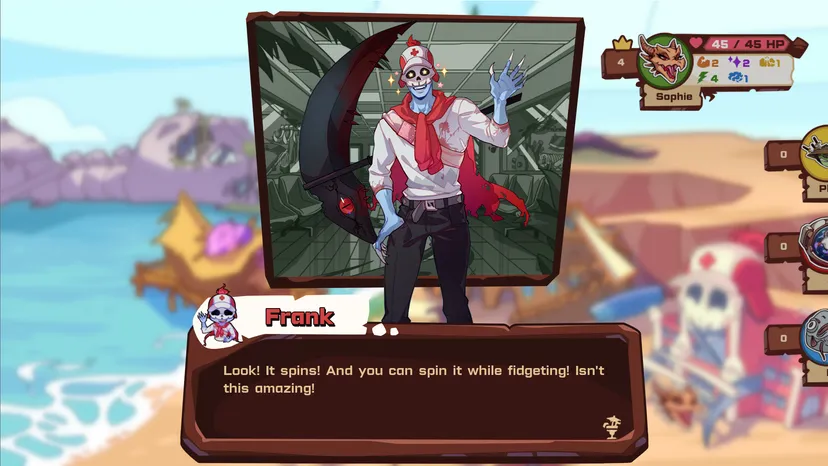
This paradigm eases the burden of content creation while still managing both group and individual agency. And it makes sure that players are now interacting with one another through the narrative as well.
So even if you decide to tune out of the deckbuilder… you’re still interacting with the other players by voting Rat King for president.
Concluding Thoughts
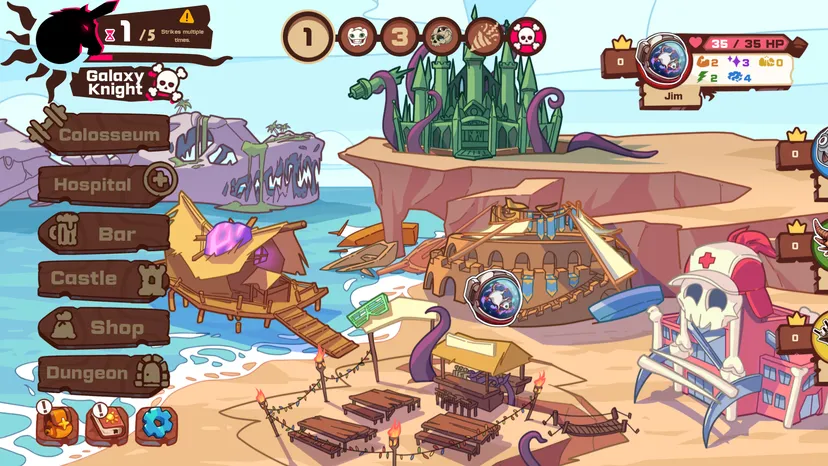
Man, is this a long article or what? Here are some of the key takeaways:
- Choices need to be meaningful to the game’s outcome.
- Choices should be contextually better than one another to keep them interesting.
- Choice outcomes should be generally useful, or the solution becomes obvious and uninteresting.
- Changing a player decision earlier is more impactful than changing it later.
- The more deeply we can tie narrative decisions to the game context, the less stale choices will feel in subsequent playthroughs.
- We should try to change the game state as early as possible to encourage players to vary their early decision-making.
Wow, that was a lot. I hope it was as fun for you to read as it was for me to write! If you have any questions, you can find me on Twitter, and if you’re curious about whether or not these design decisions worked out for me, you can check out the demo and acquire an early beta key by supporting the game’s small Kickstarter.





